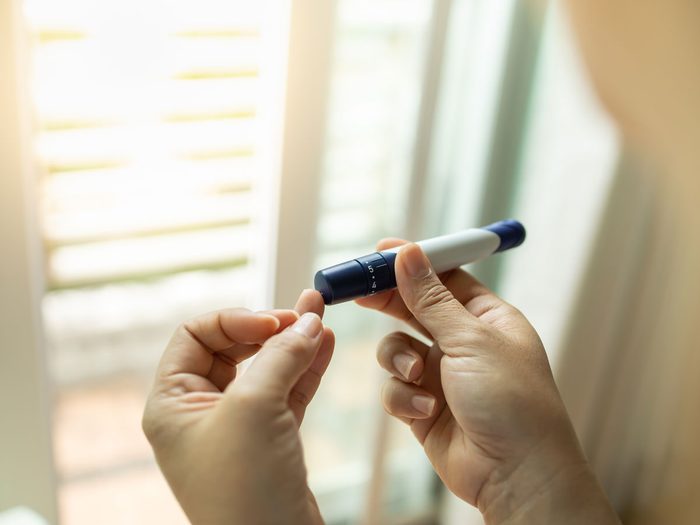
The best diabetes breakthroughs of 2019
The past year brought with it new strides in treating and managing type 2 diabetes (think: new (and surprising) drugs, pocket-sized technology and more), a complex disease which, according to the Diabetes Canada, affects more than 1.2 million people who live in Ontario alone.
“It’s a really exciting time,” says Aaron Neinstein, MD, associate professor in the division of endocrinology at the University of California, San Francisco School of Medicine. “There are a number of great new tools that are just starting to come of age and become available.” Here are some of the year’s best diabetes breakthroughs.
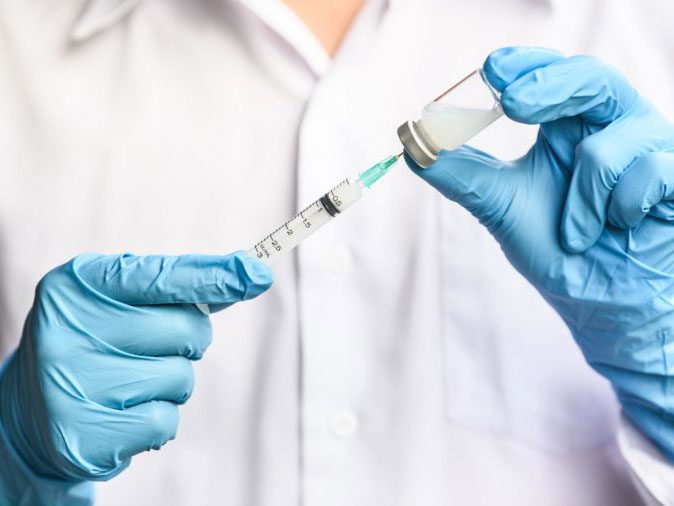
Drugs that exceed expectations
Researchers developed the class of medications called SGLT2 inhibitors to lower glucose levels—which they do quite well. But new benefits keep popping up. In October, the FDA-approved dapagliflozin (Farxiga), to reduce hospitalizations in people with type 2 diabetes and heart failure. The drug may also prevent heart failure in people who don’t already have it and reduce kidney complications. “To our surprise, we’ve seen significant benefits for cardiovascular disease and kidney disease that weren’t really being looked for,” says Matt Petersen, vice president of medical information and professional engagement at the American Diabetes Association (ADA).
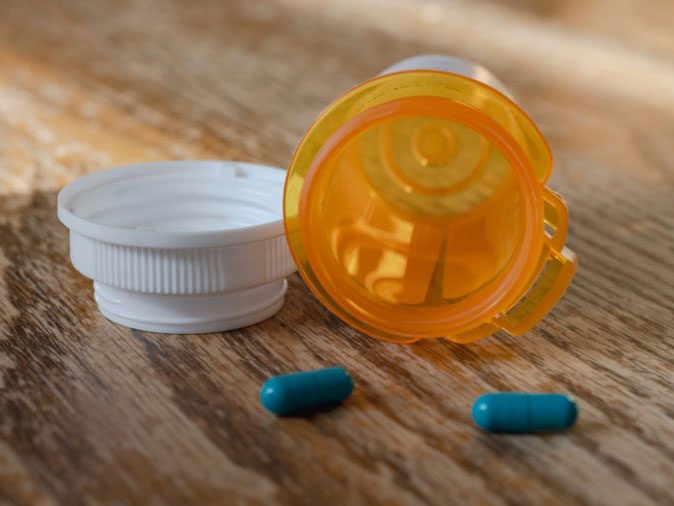
A pill to replace injections
In September, the Food and Drug Administration (FDA) approved an oral version of the drug semaglutide (Ozempic), which is good news for anyone with a needle phobia. Previously, semaglutide was only available in an injection—a big turn-off to many who might otherwise benefit. Even better, the pill seems to work even better than the injection. “It lowers blood sugar at least as well or better, contributes to some weight loss or is weight-neutral, and shows a modest improvement in blood pressure and lipids,” says Petersen. The pill is expected to hit the market before the end of the year, he adds. Keep in mind, certain foods can raise your blood sugar.
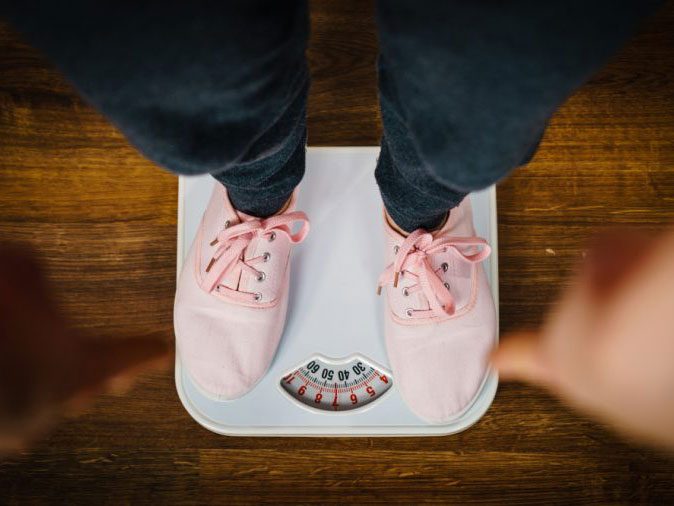
Weight loss to reverse type 2 diabetes
A hallmark of type 2 diabetes is insulin resistance and eventually damage to insulin-producing beta cells: Recent research indicates the damage may be reversible, at least in the early stages of the disease. A little over one-third of participants in a small study who lost weight rapidly saw their beta cells begin functioning again; two years later, they were still working. The participants followed an intense weight-loss program (825-853 calories a day for 12 to 20 weeks), leading the authors to speculate that quick weight loss may be more effective than the steady-and-slow method experts typically advocate.

Gastric bypass surgery leads to remission
In a new study, 86 percent of obese adolescents saw their type 2 diabetes go into remission after getting weight-loss surgery. Specifically, surgeons performed Roux-en-Y gastric bypass surgery, according to the results, which were published in the New England Journal of Medicine. The surgery also lowered blood pressure to healthy ranges for more than two-thirds of the adolescents.
Almost 23,000 youth under the age of 20 have been diagnosed with type 2 diabetes, a number that is expected to jump to more than 84,000 by 2050, according to an article in Diabetes Care. Metabolic surgery did have drawbacks, with some of the participants needing repeat operations and 48 percent of the teens ending up with iron deficiencies. Only 53 percent of adults undergoing gastric bypass surgery in the same study experienced remission despite losing the same amount of weight. Forty-one percent no longer had hypertension.
Don’t miss these common weight loss myths.
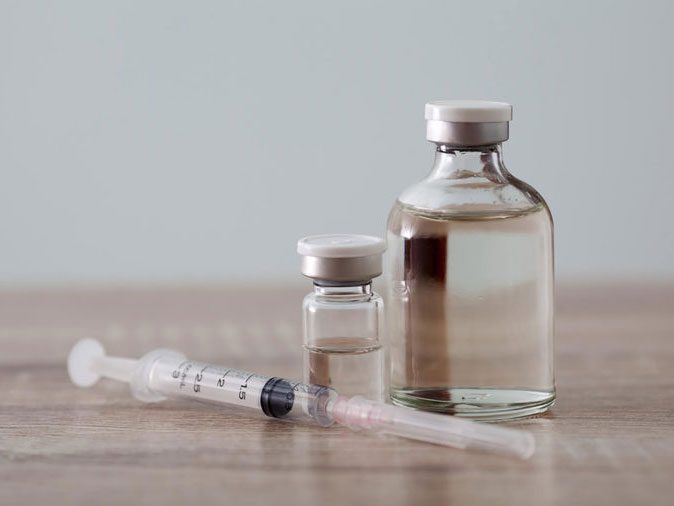
Steps to manage the soaring cost of insulin
People with type 1 diabetes always need insulin to survive, while people with type 2 diabetes sometimes use insulin but also have other options, like oral medication—but costs aren’t cheap. According to Diabetes Canada, the out-of-pocket cost per year for insulin injections ranges from $1,100-$2.600, $1,400-$4,900 for insulin pump therapy, and $1,200-1,900 for oral medication. That means that people who rely on the drug literally risk their lives by cutting back or going without.
Due to the soaring cost of insulin in America, this year the House Diabetes Caucus introduced the Insulin Price Reduction Act, which asks manufacturers to return insulin products to their 2006 cost, a move which would also exempt insulin from health plan deductibles. Hopefully, this will make the essential drug more accessible. “We have a number of very good insulin products [but] the cost is a barrier,” says Robert Gabbay, MD, PhD, chief medical officer at Joslin Diabetes Center in Boston.

Insulin may slow the progression of type 2 diabetes
And there are yet more reasons to make insulin affordable and accessible. According to research published in August in the journals Diabetes and Diabetes Care, adults newly diagnosed with type 2 diabetes who received insulin saw their beta cell function improve—a sign the disease may not be progressing. But the benefits only lasted as long as they were actually taking the drug. Unfortunately, researchers didn’t see the same gains in youth.
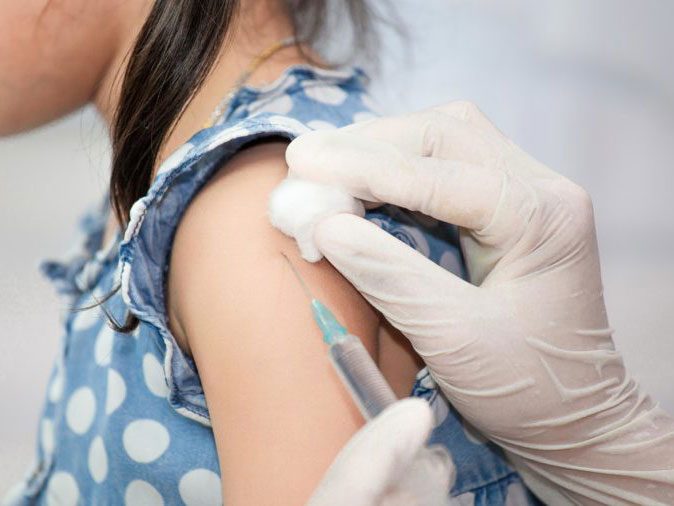
A long-awaited new drug for kids
In June, the FDA approved the first non-insulin drug for kids with type 2 diabetes in almost 20 years. Patients aged 10 to 17 who received injectable liraglutide ( Victoza) as part of a new study published in the New England Journal of Medicine had better blood sugar control than participants in the placebo group. All participants in the treatment group were also receiving the popular glucose-lowering drug metformin. Some also took insulin.

Kudos for the keto diet
Ketogenic and other low-carb diets aren’t for everyone but this year brought more evidence that they may be helpful to some. That includes one small study in the Journal of Diabetes Research reporting that a 90-day keto diet effectively reversed type 2 diabetes in a group of 11 female volunteers. But don’t go overboard: “There are studies supporting benefits from [ketogenic and low-carb] plans, but long term data is lacking,” says Diana Isaacs, a pharmacist and spokesperson for the American Association of Diabetes Educators. There are also potential adverse effects like electrolyte imbalances and hypoglycemia, not to mention lack of clear definition about what these plans actually are, she adds. (Psst: Here’s what doctors want you to know before starting a keto diet.)

More nutritional options
New ADA nutrition guidelines this year make room for more personalized eating plans. “The key takeaway is that recommendations should be individualized,” says Isaacs. Does this mean intermittent fasting can play a role? Like keto and other low-carb diets, there are studies supporting the benefits, she says, but they can have the same adverse effects: electrolyte imbalances and very low blood sugar. “Intermittent fasting has had a lot of buzz [but] we still need more research to confirm that it is beneficial,” says Dr. Gabbay.

Continuous glucose monitoring
Traditionally people have measured blood glucose levels by poking a finger and drawing blood, sometimes multiple times a day. Many people with diabetes still need to do that, but continuous glucose monitoring (CGM) continues to evolve as a technology to monitor blood glucose throughout of the day. The devices, which are usually used by people with type 1 diabetes, provide continuous glucose information so insulin therapy can be adjusted accordingly. One of the latest is the Eversense CGM System, approved by the FDA in June. There are four CGM devices currently on the market, says Issacs, and more in the pipeline. Even better, they’re becoming price competitive, adds Dr. Neinstein. Some CGM systems can even communicate with insulin pumps, making diabetes management easier and more effective, although studies so far have focused on type 1 diabetes, says Dr. Neinstein.
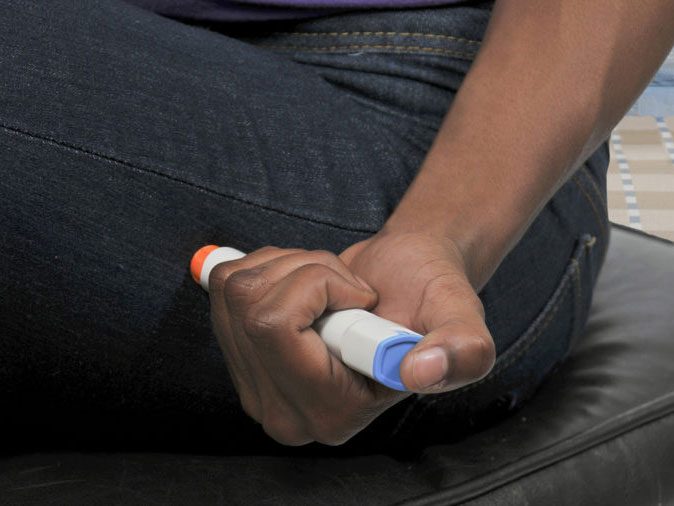
Affordable smart pens
These are devices that resemble a fountain pen and are used to deliver meal-time insulin or insulin to lower high blood sugar. “They work with a smartphone app to calculate insulin doses and can even be integrated with CGM data, which is useful for analysis to optimize dosing,” says Isaacs. They’re now available for as little as $20 to $30 copays, says Dr. Neinstein. The pens last a year and take refillable insulin cartridges.

Virtual care and telehealth
Despite all these advances in treating and managing type 2 diabetes, blood sugar control is not what it should be for about half of people with type 2 diabetes, according to an article in Clinical Diabetes. “This has been a big year for the growth of virtual care and virtual companies,” says Dr. Neinstein. Most employ coaches rather than doctors and help you adhere to a diabetes management plan. These services can also be entwined with apps and online platforms. “At its core, diabetes is about day-to-day lifestyle choices,” says Dr. Neinstein. “These programs are trying to address those issues.”
Medically reviewed by Oscar H. Cingolani, MD.
Now that you’re caught up on the most recent diabetes breakthroughs, next learn how your diet can help control type 2 diabetes.
